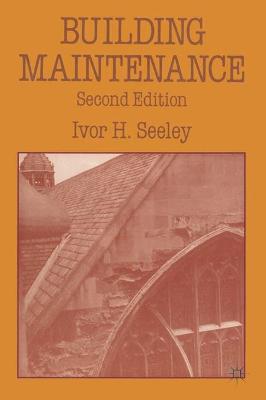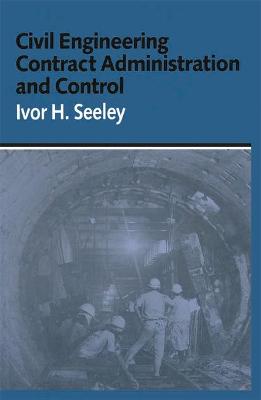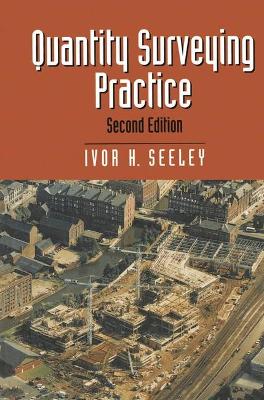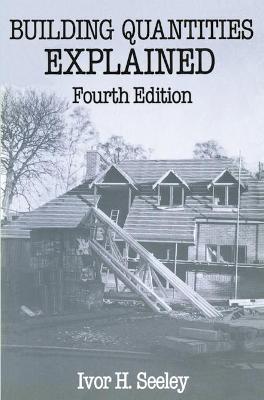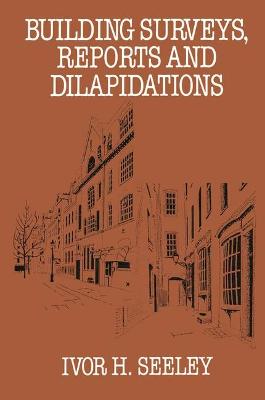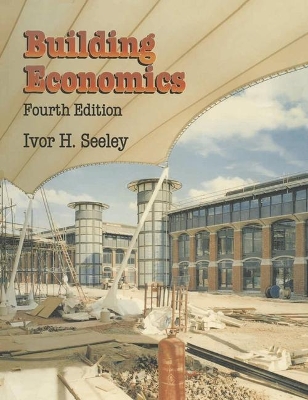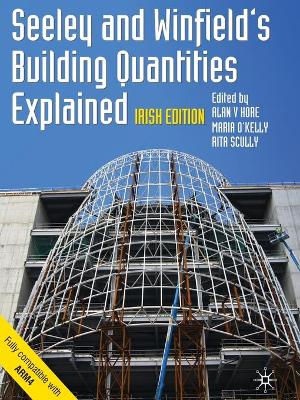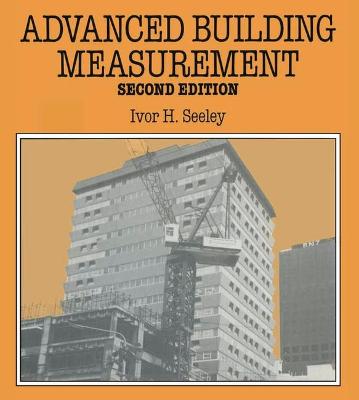Building & Surveying
11 total works
Finally, the book examines the background to contractors' claims and how they should be presented by the contractor and dealt with by the engineer. It also examines the effect of European Community harmonization arrangements, and discusses the operation of quality assurance in civil engineering.
Seeley and Winfield's Building Quantities Explained: Irish Edition
by Ivor H. Seeley and Roger Winfield
• A new adaptation of a classic text written with exceptional clarity and authority
• Describes and illustrates the measurement of building work in accordance with the Agreed Rules of Measurement 4 (ARM4)
• Contains a careful selection of worked examples of taking off, accompanied by extensive explanatory notes, encompassing all the basic work sections of ARM4
• Includes the measurement of foundations, walls, windows, doors, finishes, electrical installations, cold water services, external drainage and external works.
